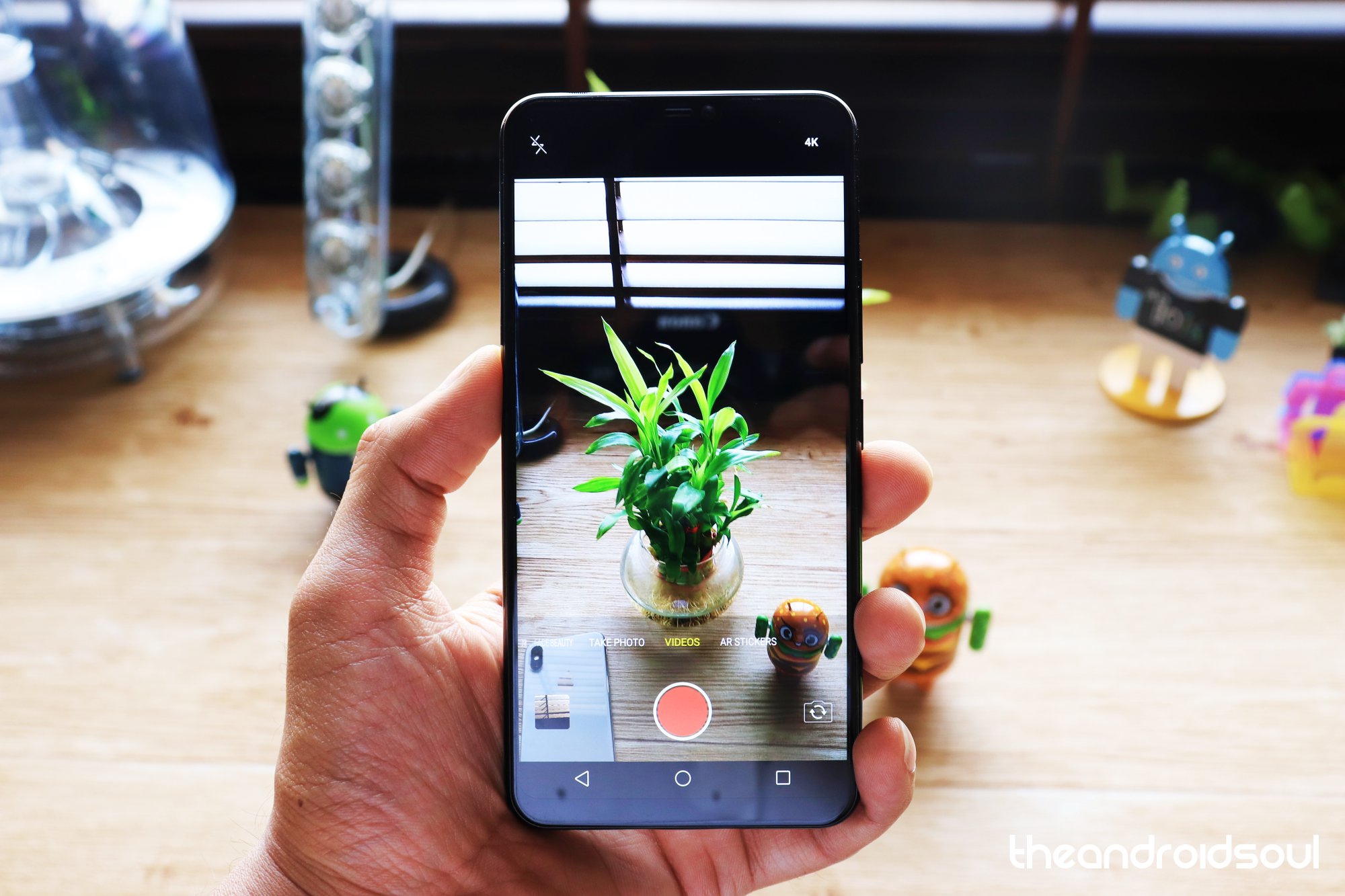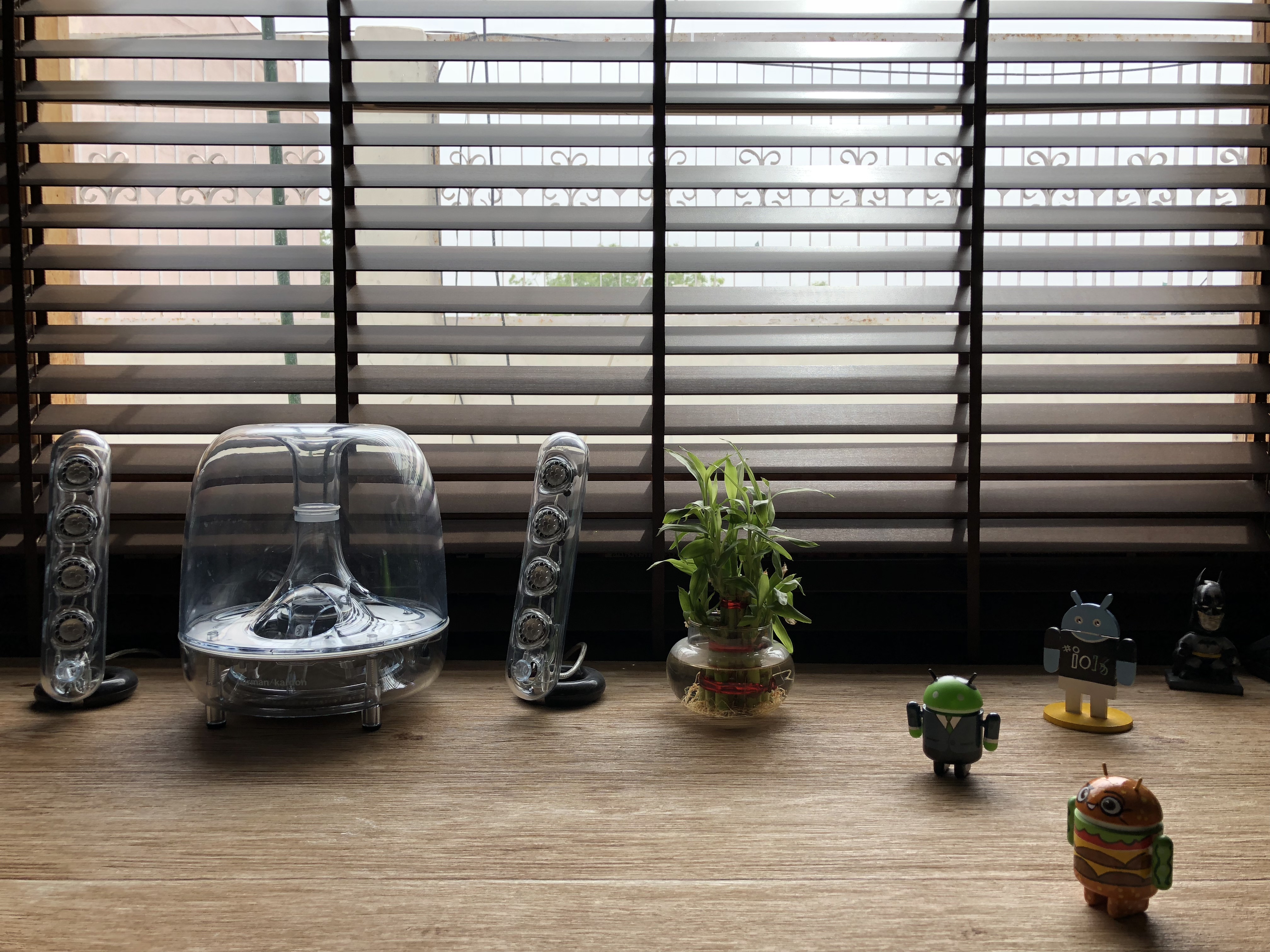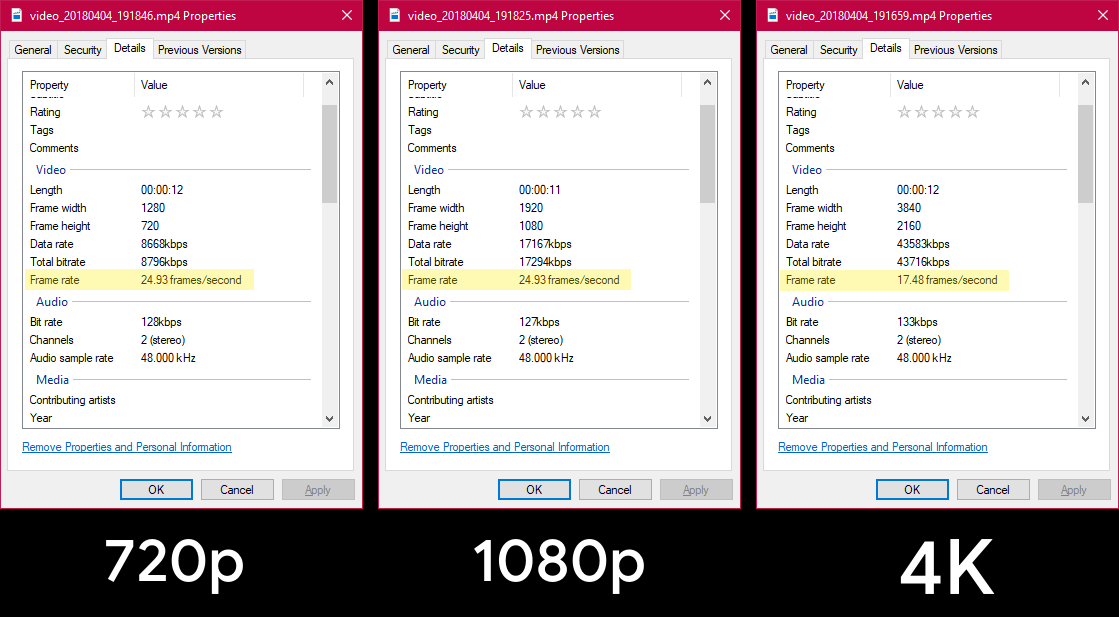The Vivo V9 has finally launched into the Indian market and it aims to give you an iPhone X like experience without the hefty price tag. The phone’s design, interface, even the packaging, and accessories are made to very much look like what Apple provides with the iPhone X.
But does it comes anywhere near the performance against Apple’s best phone till date?
Well, we’ve been using the Vivo V9 for the past few days and it seems to do pretty well for our everyday usage. The phone runs fast, doesn’t ever lag and plays games pretty coolly.
But the real difference you see these days in budget smartphones versus the premium ones is the camera performance. And that is why we’re doing this comparison between the Vivo V9 and iPhone X.

Besides the bezel-less display with a notch, the main selling point for the Vivo V9 is its 24MP camera on the front and a dual camera setup on the rear which is supported by an advanced AI Bokeh algorithm.
Vivo has optimized their AI algorithm based on machine learning through large amounts of data. The phone lets you change camera focus even after you have taken a picture. Check it out in the commercial below:
Before we start with our review, let’s first go through the Vivo V9’s camera specifications. On the rear, V9 has vertical dual cameras in a 16MP + 5MP setup. Both of these cameras have an aperture of f/2.0. And on the front, there’s a single 24MP camera module with the same f/2.0 aperture.

There are many camera modes as well on the Vivo V9. You get portrait mode, live photo, AR stickers, DSLR like manual camera controls, AI driven Face beauty, 4K video and more.
So without any further ado, let’s get started with the Vivo V9 camera review.
Vivo V9 vs iPhone X: Camera comparison
In the pictures above, Vivo V9’s shot is a more accurate version of the actual scene. Though the sunlight from behind the wall is clearly blowing out on the V9, overall the phone has maintained exposure much well than the iPhone X, which captured an overshadowed image with poor exposure and contrast levels.

Vivo V9 
iPhone X
Here again (in the images above), the Vivo V9 maintained the exposure well and kept the sky’s blue neutral, unlike the iPhone X which again overshadowed the entire image.
If we crop the images to a 100% (see below), you’ll notice there’s a lot of noise coming out of the sky on the iPhone X and the edges of the wall are distorted too. While Vivo V9 has kept things well under balance.
Now, in the next set of images (below), the color range and sharpness on iPhone X is better. But the V9 isn’t too far. If we must pick a winner, it’d be iPhone X but the difference really is very less.
The below set of images are shot under indoor lighting and clearly, the picture taken with iPhone X stands out because of the rich color saturation. What you see on the V9 is the natural color tone of objects in the picture and hence the slight dullness in image.
But of course, the iPhone X takes the crown here for the sharpness and overall better-looking image.
The picture samples above are shot in an indoor setting with bright light coming through the window in the background. Here the Vivo V9 offers a brighter image but iPhone X has maintained the exposure well by NOT blowing out the light coming through the window.
At 100% crop though (see below), the result gets very surprising. The picture from iPhone X has large amounts of noise and completely loses out on details as compared to the Vivo V9.
The next set of images below are taken under an extremely low light condition of 4 lux. The Vivo V9 has taken a very underexposed picture here as compared to the iPhone X which took a great picture in such low light condition.
Moving up the lighting condition to 13 lux (see below), the Vivo V9 is now able to take an acceptable picture, but the iPhone X’s picture is still brighter and sharper than the V9.
Now finally, we moved light condition to 75 lux (see below) and the Vivo V9 was able to take a sharp image. But iPhone X captured a brighter picture.
However, the warmth on iPhone X is quite unnatural because the actual ambiance of the room was much cooler than what it captured. Sure, the V9’s image is dull and underexposed but it’s at-least natural to the actual ambiance of the room.
The above images are shot outdoors in the evening. The iPhone X offers a brighter and much sharper image than the Vivo V9 in this setting. Lens flare from pole lights is also minimal on the iPhone X than the V9.
At 100% crop (see below), the poor details from the V9’s camera get visible in every part of the picture. The bushes captured by V9 are nothing but a blur, it isn’t very impressive on the iPhone X either, but is at-least acceptable given the environment.
Moving to the railing bars at 100% crop (see below), there’s a lot of distortion and noise clearly visible on the image taken with Vivo V9.
These pictures are taken in portrait mode under indoor lighting condition. Here, the Vivo V9 took a less bright picture. However, the bokeh effect on V9 is spot on with the iPhone X. Even at 100% crop, you won’t find any blemishes around the edges of the subject, except for this one flaw on the chair’s top-left edge on the Vivo V9 (see below).

Now this is a selfie (see below) taken with the 24MP front camera on V9 in portrait mode under indoor lighting. And it looks just as good as the dual cameras on the rear of the phone.

Here’s a daylight selfie as well (see below), taken with the V9 in portrait mode. While the brightness and details are good, the bokeh effect is a pretty messed up here. Probably because of the tree in the background.


Now let’s talk about the video recording capabilities of the Vivo V9. Thanks to Snapdragon 626 chipset, the device can capture videos in 4K resolution. But Vivo isn’t being completely honest here with their V9’s video recording features. Under video menu in the camera app, you can switch between 4K, 1080p and 720p resolution but there’s no mention of the frame rate in which the phone records videos in these various resolutions. So we took some sample videos in both direct sunlight and indoors to see the frame rate for each resolution setting.
In direct sunlight, the Vivo V9 shoots videos in 30 frames per second for all supported resolutions. However, when shooting indoors (see screenshot below), the phone records videos in 25 frames per second in 1080p and 720p resolution setting, and around only 18 frames per second when shooting in the 4K setting.
So, point is, you’ll get a variable frame rate when shooting videos on the Vivo V9 in different lighting conditions.
Conclusion

Vivo V9 doesn’t beat the iPhone X, nor did we expect so. But as far as you’re shooting under direct sunlight, you’re likely to get pictures as good as iPhone X on the Vivo V9. Under indoor lighting though, the V9 tends to take softer and less bright shots, but it retains details pretty well. Where Vivo V9 really struggles is under extremely low light conditions, but that’s not a surprise for a phone of its price.
Overall, we like the Vivo V9’s photography skills. The phone takes beautiful portrait pictures, offers shot re-focus feature and have an amazing 24MP sensor on the front for taking selfies.


































